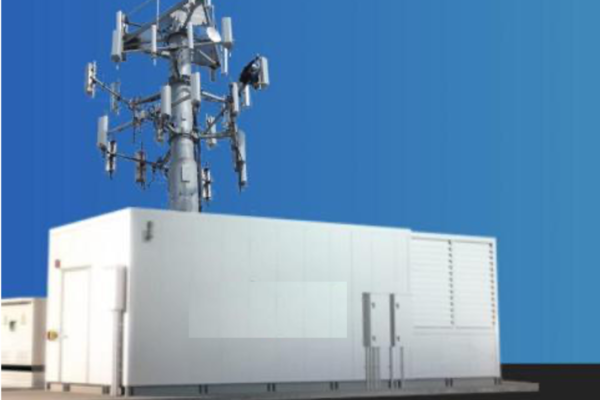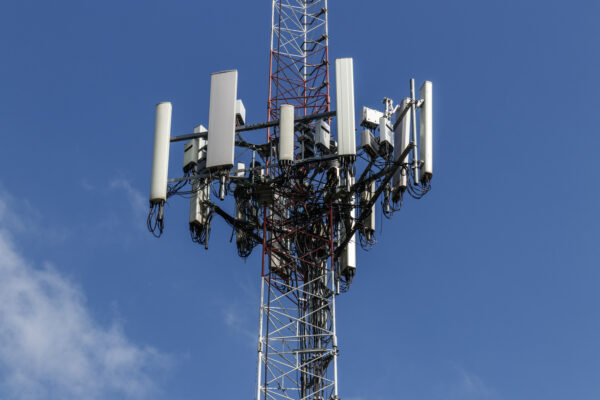What is Digital Infrastructure?
Digital infrastructure refers to the foundational components and systems that support the functioning and connectivity of the digital world. It encompasses the physical and virtual resources necessary for the transmission, storage, processing, and management of digital information. Digital infrastructure enables the seamless flow of data, communication, and digital services across various devices, networks, and platforms.
Digital infrastructure can include:
1. Network Infrastructure: This comprises the physical and virtual networks that facilitate the transmission of data and communication. It includes wired and wireless networks, such as fiber optic cables, routers, switches, and wireless towers, which form the backbone of internet connectivity.
2. Data Centers: These are specialized facilities that house the servers, storage systems, and networking equipment required for data processing, storage, and distribution. Data centers provide the computational power and storage capacity to support cloud computing, big data analytics, and other applications.
3. Communication Systems: This includes technologies and platforms that enable real-time communication and collaboration, such as voice and video conferencing systems, instant messaging applications, and unified communication solutions. Nowadays however, these platforms have become applications that run over-the-top (OTT) of the Digital Infrastructure.
4. Cloud Infrastructure: Cloud computing infrastructure provides on-demand access to computing resources, including servers, storage, and software applications, over the internet. It allows businesses and individuals to leverage scalable and flexible computing resources without the need for extensive on-site infrastructure. In most cases, the cloud infrastructure in hosted in or across several Data Centers.
5. Internet Exchange Points (IXPs): IXPs are physical locations where internet service providers (ISPs) and networks interconnect to exchange traffic. They facilitate efficient routing and exchange of internet traffic, improving connectivity and reducing latency.
6. Software and Applications: Digital infrastructure also includes software and applications that enable digital services and functionalities. This can range from operating systems, databases, and programming languages to web and mobile applications. Nowadays this would also include Virtualization and containerization and orchestration.
7. Security Infrastructure: As digital threats continue to evolve, security infrastructure is essential to protect digital assets and ensure data privacy. It includes technologies such as firewalls, encryption systems, intrusion detection systems, and access control mechanisms.
In summary, digital infrastructure forms the broader framework that supports digital services and data management, while wireless infrastructure specifically focuses on enabling wireless connectivity and communication. Both are integral components of the modern technology landscape, working together to enable a connected, digital world.



